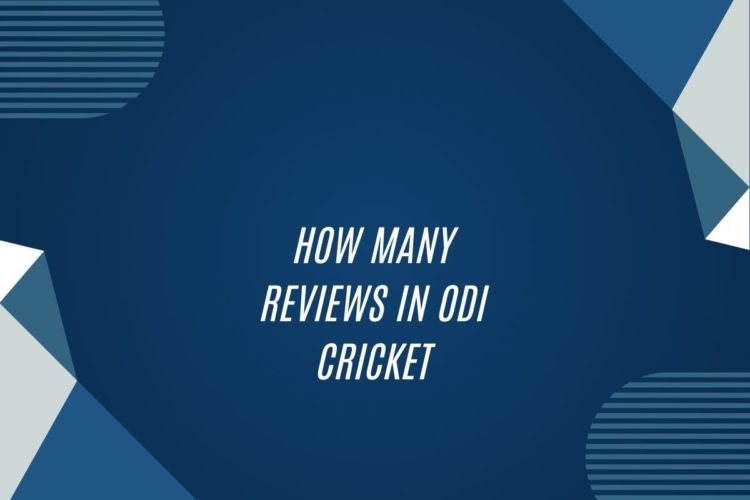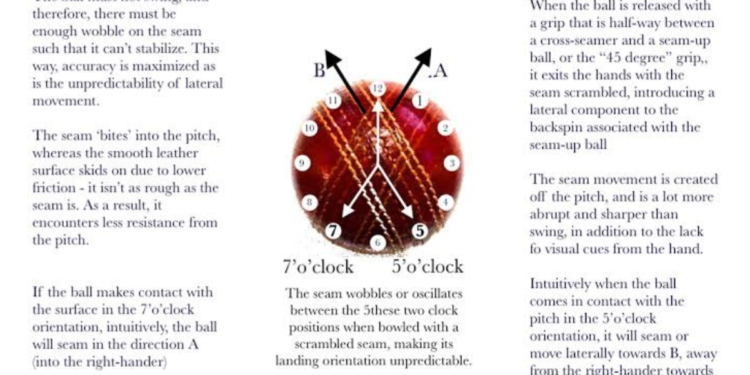Reviews in ODI Cricket
In ODI cricket matches, reviews play a crucial role in assisting the on-field umpires in making correct decisions. Players have the option to challenge the umpire’s decision if they feel it is incorrect. This system aims to reduce errors and ensure fairness in the game. It adds an element of suspense and drama as teams contemplate whether to use their review or save it for a potentially more critical moment in the match.
Reviews can greatly impact the outcome of a match, as a successful review can overturn a decision that could have a significant effect on the game. However, unsuccessful reviews can result in the team losing that opportunity for the remainder of the innings. Hence, teams need to use their reviews judiciously and strategically throughout the match to maximize their chances of getting crucial decisions in their favor.
Decision Review System (DRS) in ODI Cricket
The Decision Review System (DRS) in ODI Cricket has been instrumental in providing teams with the opportunity to challenge on-field umpiring decisions. The DRS comprises of various technologies like ball-tracking and hotspot, which aid the third umpire in making more accurate decisions. Players can request a review if they believe a mistake has been made by the on-field umpires, leading to a fairer playing field.
The DRS has sparked numerous debates among players, officials, and cricket enthusiasts regarding its effectiveness and impact on the game. Some argue that the DRS enhances the accuracy of decision-making, while others believe it can disrupt the flow of the game. Despite differing opinions, the DRS remains an integral part of modern ODI cricket, striving to uphold the principles of fairness and sportsmanship.
The process of requesting a review in ODI Cricket
When a decision on the field in ODI cricket is under dispute, players have the option to request a review. This process involves the on-field umpires signaling a “T” shape with their hands to indicate that a player has asked for a review. The decision is then referred to the third umpire, who reviews various camera angles to determine the accuracy of the on-field decision. The teams are allowed a certain number of reviews per innings, which can either confirm or overturn the initial decision made by the on-field umpires.
Players are required to make timely decisions when requesting a review in ODI cricket, as there are strict time constraints in place. The on-field umpires communicate with the third umpire through a communication device to relay the decision that needs to be reviewed. The third umpire analyzes the footage meticulously before making a final decision, which may impact the outcome of the match. It is essential for players to make informed and strategic decisions when opting for a review, as it can sway the momentum of the game in their favor.
Types of reviews available in ODI Cricket
In ODI cricket, there are two types of reviews available to teams – player reviews and umpire reviews. Player reviews are initiated by the batting or fielding side when they disagree with the on-field umpire’s decision. These reviews are usually used for close calls on dismissals, boundaries, or other on-field decisions that may affect the outcome of the game.
On the other hand, umpire reviews are initiated by the on-field umpires themselves to seek assistance from the third umpire on close calls, such as run-out decisions, boundary calls, or no-balls. Umpire reviews are crucial in ensuring fair play and accuracy in decision-making during the course of an ODI match. Both types of reviews play a significant role in the overall dynamics of the game, providing an extra layer of scrutiny and fairness to the decision-making process on the cricket field.
Rules and regulations governing reviews in ODI Cricket
In ODI cricket, rules and regulations governing reviews play a significant role in ensuring fair play and accurate decision-making on the field. Teams are allowed to make a limited number of reviews during an innings, usually two unsuccessful reviews per innings. These reviews are primarily used to challenge the on-field umpire’s decision regarding dismissals, boundaries, or other key events in the game.
To request a review, the on-field captain or the player involved in the decision must make a T-sign gesture to signal their intention to challenge the umpire’s decision. It is crucial to note that the decision review system (DRS) technology is utilized to assist the third umpire in making a fair judgment based on available evidence. Teams need to use their reviews wisely, considering the potential impact on the outcome of the match.























